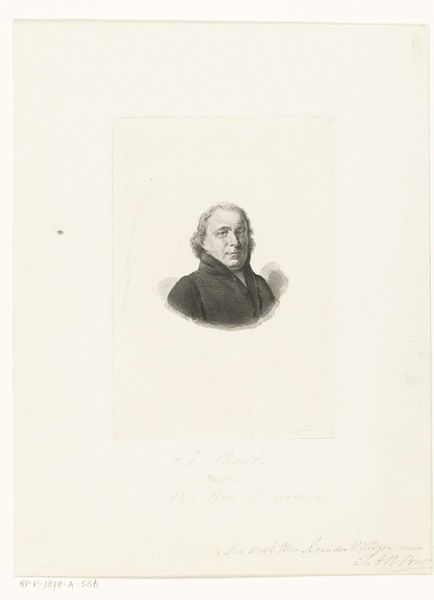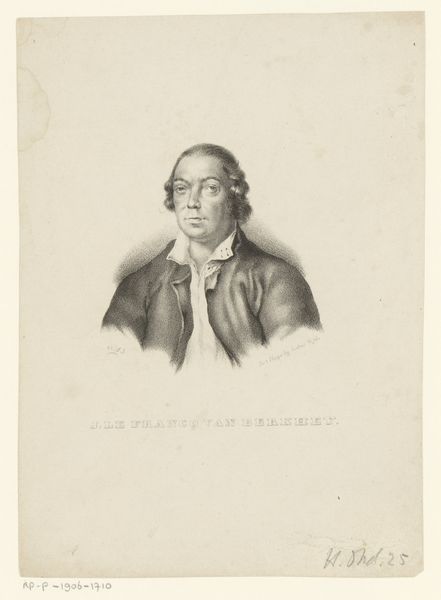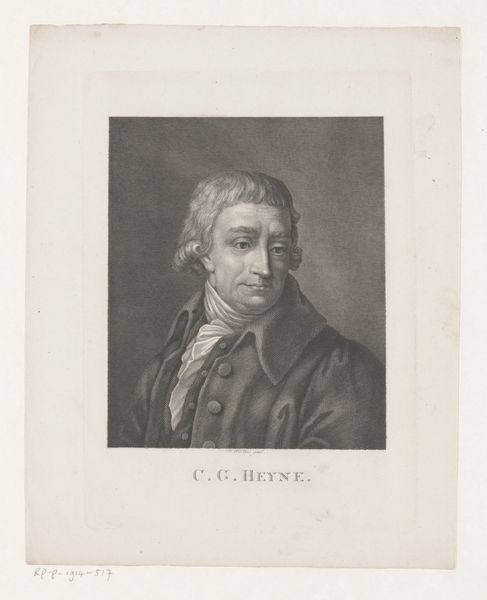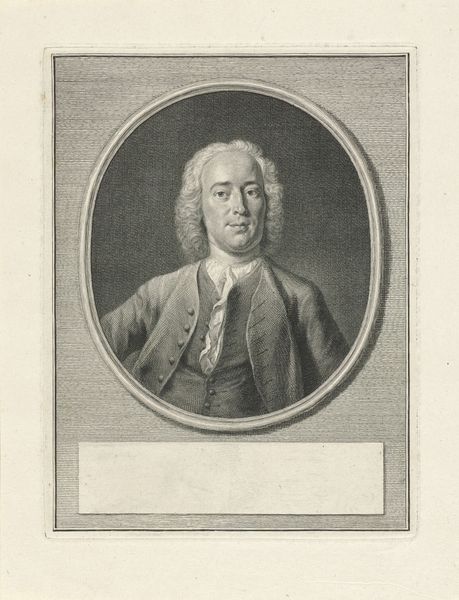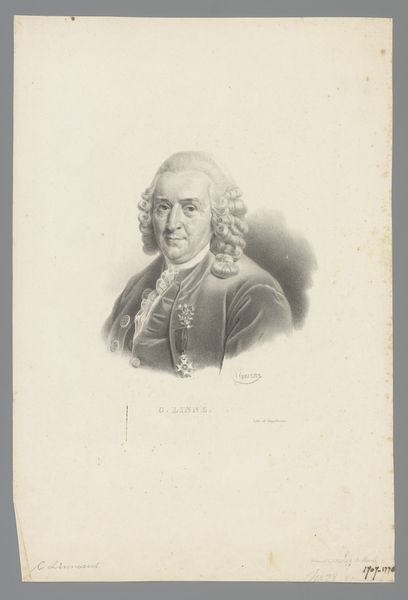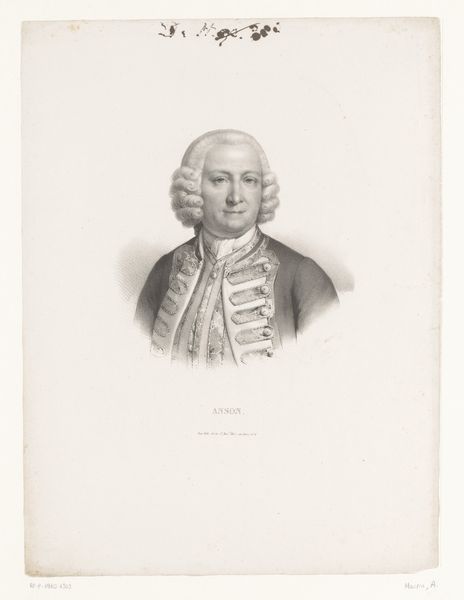
drawing, graphite, engraving
#
portrait
#
pencil drawn
#
drawing
#
neoclacissism
#
light pencil work
#
pencil sketch
#
old engraving style
#
graphite
#
portrait drawing
#
pencil work
#
engraving
Dimensions: height 75 mm, width 90 mm
Copyright: Rijks Museum: Open Domain
Curator: Ernst Ludwig Riepenhausen created this portrait of Johann Gottfried von Herder between 1775 and 1840. It is rendered using graphite and engraving, offering a stark but delicate depiction. Editor: It strikes me as rather austere, yet the ruffled shirt adds a note of defiant elegance amidst the otherwise sober presentation. I can’t help but think of the power dynamics inherent in portraiture of this era. Curator: Indeed. Let's consider the materials. The graphite and engraving—the availability, the skill needed. These factors shape not just the aesthetic, but the very accessibility of portraiture to different social classes at the time. Think about the labor involved. Editor: Exactly! It highlights a hierarchy, doesn’t it? Herder, the subject, would have had access to commissioning this work; how does that privilege influence how we read the image? What was Riepenhausen communicating? Was it just to show wealth and status, or something else? Curator: I think the engraver's mark adds a sense of volume and dignity that, while perhaps reflective of class, still makes it feel immediate and connected. And it's vital to remember Herder's significance, not just as an individual, but as a figurehead within the Romantic intellectual movement, he shaped philosophy, theology and culture in this period. Editor: That's true. Seeing him through the lens of his intellectual contributions humanizes him. But even the choice of Neoclassicism points toward a very deliberate attempt to place him within a specific cultural and historical lineage, nodding to Enlightenment ideals, yet pushing them in a different direction through art. What did this all signify? Curator: To conclude, seeing it as more than just a drawing—viewing it as an object shaped by the material realities of its time and place, can deepen our understanding of both the subject and the artist. Editor: And for me, this portrait becomes a powerful statement about personhood, achievement and representation at a time when such definitions were actively contested.
Comments
No comments
Be the first to comment and join the conversation on the ultimate creative platform.
